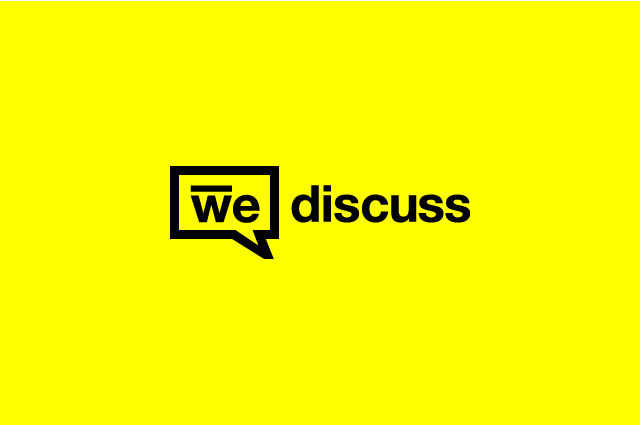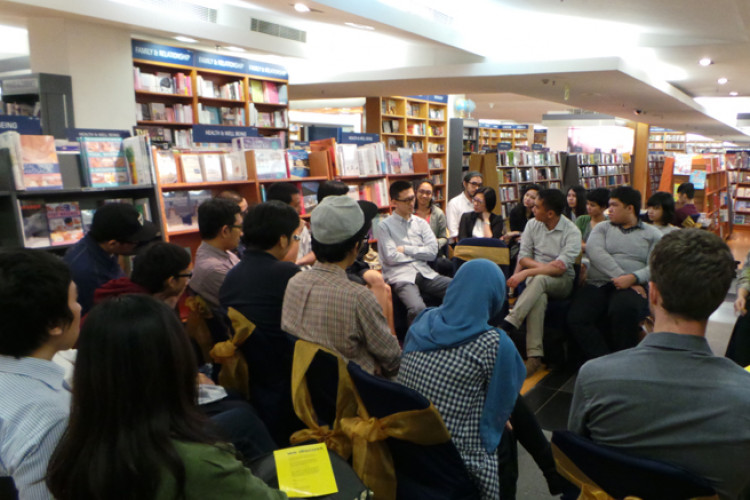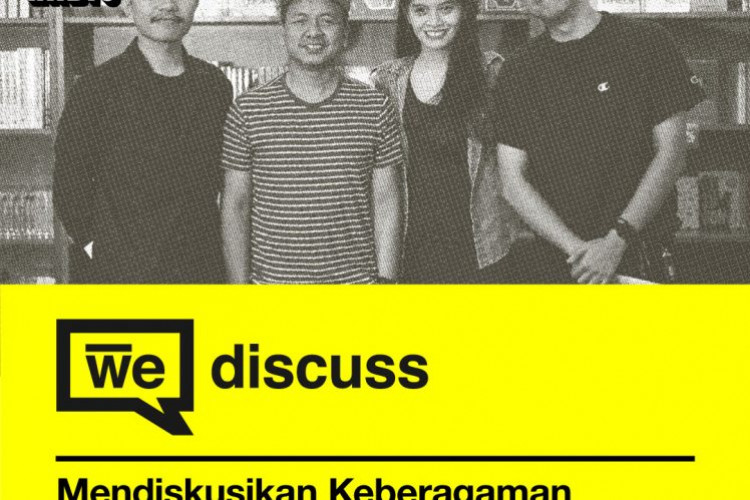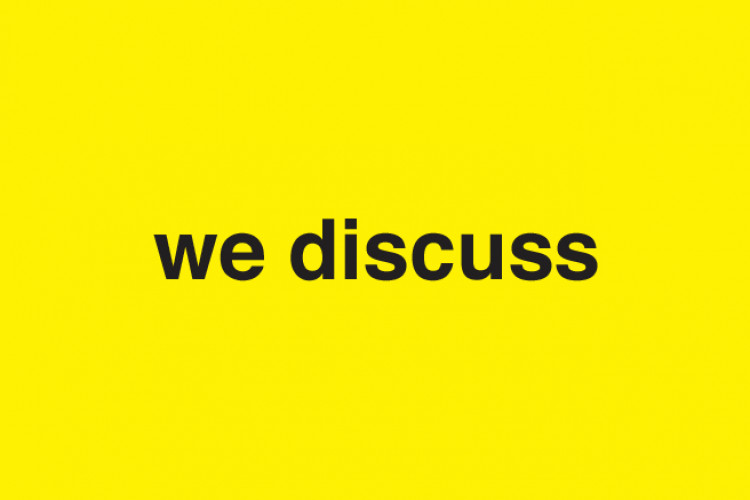
Here’s our list of recommended reading material for next week’s “Speaking of Tunes” We Discuss session.
1. Listening and Collecting with Fadli Aat
“For me, vinyl records are very primitive – it’s very analog. It’s like those pianos in cowboy saloons or music boxes, the player read this physical groove on the record. Also, the sound vinyl records produce… compared to CDs they sounds much better and much more honest, in my opinion.
They are both mixed and mastered, but I don’t know, it just is much more honest. The physicality of the groove has a lot to do with it. CDs are digital, so CD players read them without that physicality. The artwork on records has a lot to do with it as well.
There are so many things you get when you buy that one record. The music and the musical quality, then you have the large and beautiful artwork as well.”
2. Rhythm of the Archipelago with David Tarigan
“It’s difficult to put into words. I grew up in an era before music can be ripped digitally. I started buying CD, cassettes and vinyl back when I was in primary school. The physical format of music has always played a big part for me. I love old music, and I wanted to experience it the way it was first released. It is an artifact, a piece of history. That’s why until this day I have never purchased a single re-issue. No matter how bad the quality of the record is, it is a part of the experience.
You don’t just listen to a song. When you get you hands on the album, you open the sleeve, read it, touch and even smell it. It is sort of a ritual, a way of worshipping your favorite band. Sometimes people buy an album based on its cover, and if the music is as good as the cover, the experience will be even more rewarding.
In the end it really depends on the individual. I always tend to leave some room for the imagination when it comes to my interaction with music. I like to interpret songs and create personal images of the music. The physicality of the record and the ritual of listening is the foundation that allows me to create my personal opinion of the music.”
3. The Lint of Material by Sven Birkerts
“The shift from vinyl recordings to CDs was significant, psychologically as well as technologically. While the shiny silver disc physically echoed its predecessor in a few obvious ways – was still a flat circular disc with a hole in the center – the differences were many. They were also symbolic. Where the album had two sides, needing to be ‘flipped’ for full hearing, thereby underscoring its temporality and the fact that its contents were arranged, the silver disc compressed its material on a single side. Tracks were no longer demarcated for the eye, so that all one saw was an elegant shimmering surface. And to make it operational – to play it – the listener had to slide it into the player. It disappeared, and the process whereby the information coded onto the disc became sound was (to me) conjectural: something to do with a laser scanning digits. To change cuts – assuming one was listening to standard fare – no longer required moving the tonearm to the wanted place. A quick touch of the button sufficed. If my explanation of how a needle extracted sound from vinyl was rudimentary and approximate, at least it took into account the basic elements and the everyday physics involved. I can’t tell you how a laser translates digital information; indeed, I cannot tell you how information is rendered into digital form, beyond invoking something about binary code – sequences of ones and zeros that are ‘read.’”
4. Beethoven and the Quality of Courage by Daniel Barenboim
“Music means different things to different people and sometimes even different things to the same person at different moments of his life. It might be poetic, philosophical, sensual, or mathematical, but in any case it must, in my view, have something to do with the soul of the human being. Hence it is metaphysical; but the means of expression is purely and exclusively physical: sound. I believe it is precisely this permanent coexistence of metaphysical message through physical means that is the strength of music. It is also the reason why when we try to describe music with words, all we can do is articulate our reactions to it, and not grasp music itself.”
5. “The Grain of the Voice” in Image Music Text by Roland Barthes
“The pheno-song (if the transposition be allowed) covers all the phenomena, all the features which belong to the structure of the language being sung, the rules of the genre, the coded form of the melisma, the composer’s idiolect, the style of the interpretation: in short, everything in the performance which is in the service of communication, representation, expression, everything which it is customary to talk about, which forms the tissue of cultural values (the matter of acknowledged tastes, of fashions, of critical commentaries), which takes its bearing directly on the ideological alibis of a period (‘subjectivity,’ ‘expressivity,’ ‘dramaticism,’ ‘personality’ of the artist). The geno-song is the volume of the singing and speaking voice, the space where significations germinate ‘from within language and in its very materiality’; it forms a signifying play having nothing to do with communication, representation (of feelings), expression; it is that apex (or that depth) of production where the melody really works at the language – not at what it says, but the voluptuousness of its sound-signifiers, of its letters – where melody explores how the language works and identifies with that work. It is, in a very simple word but which must be taken seriously, the diction of the language.”
Event time and location:
Date
Tuesday, February 25, 2014
Time
7—9 pm
Place
Kinokuniya Plaza Senayan
(near the language section)
Jl. Asia Afrika 8
Sogo Plaza Senayan
Lt. 5
Jakarta 10270
Look out for updates on our Facebook page and Twitter account! If you’d like to share your opinions, or if you have friends who’d like to share theirs, please sign up via e-mail with the subject title “We Discuss” at contact@whiteboardjournal.com! If you have comments or questions, tweet us @wjournal.











